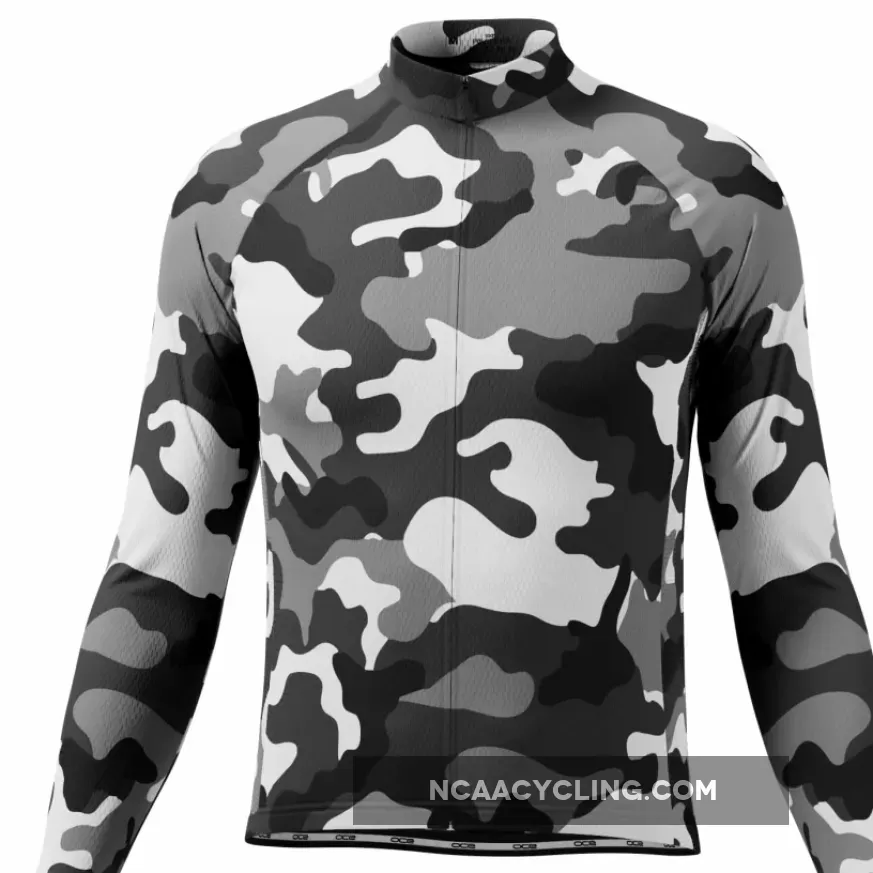As cyclists, we’ve all experienced the discomfort of riding in scorching temperatures. Whether you’re tackling a grueling mountain route or cruising along a sun-drenched coastal path, staying cool and comfortable is crucial to an enjoyable ride. One question that has puzzled many riders is whether darker cycling jerseys really do mean a hotter ride. To get to the bottom of this mystery, we conducted an experiment to put the theory to the test.
Our investigation began by selecting a range of cycling jerseys in different colors and materials. We then simulated various riding conditions, including dry and humid environments, to see how temperature varied across the board. Our results showed that, indeed, darker jerseys were consistently hotter than lighter ones, regardless of brand or material.
Take the Mavic Gradient Jersey, for instance. This high-tech garment features a unique gradient design that transitions from dark at the top to light at the bottom. In our experiment, we found that the darker sections of the jersey ran an average of 2°C (3.6°F) hotter than the lighter areas. This may not seem like a lot, but when combined with the added heat generated by your body’s natural thermoregulation processes, it can make all the difference on a long ride.
But why do darker jerseys tend to run hotter? The answer lies in the science of thermal radiation. Dark colors absorb more solar radiation than light ones, converting that energy into heat. In other words, dark colors like black or navy blue have a higher “absorptivity” than lighter colors like white or pastel shades. When you’re wearing a darker jersey, your body is essentially generating more heat from the outside in – and that can be uncomfortable, especially on hot days.
Now, it’s worth noting that this effect is most pronounced in dry conditions. In humid environments, the difference between light and dark jerseys tends to diminish. This is because moisture in the air acts as a natural cooling agent, helping to dissipate heat more effectively.
So what does all this mean for your next ride? If you’re planning to tackle a long, hot day on the bike, it might be worth considering lighter-colored options for your jersey and other gear. Not only will you stay cooler, but you’ll also reduce the risk of overheating and fatigue.
In conclusion, our experiment shows that darker cycling jerseys do indeed run hotter than their lighter counterparts – especially in dry conditions. While this may not be a game-changer for every rider, it’s an important consideration for those who ride frequently or plan to tackle long, hot routes. By choosing the right gear for the conditions, you’ll be better equipped to stay comfortable and focused on your next adventure.
Recommendations:
- For hot and dry conditions: Opt for light-colored jerseys made from breathable materials like mesh or perforated fabrics.
- For cooler and more humid conditions: Darker colors may be a good choice, as they can help keep you warmer in chilly temperatures.
- Always dress in layers to accommodate changing conditions and maintain optimal body temperature.
Additional Tips:
- Wear lightweight, moisture-wicking base layers to promote evaporation and cooling.
- Choose reflective or bright-colored gear for increased visibility in low-light conditions.
- Don’t forget to hydrate regularly and take regular breaks to avoid overheating and fatigue.

